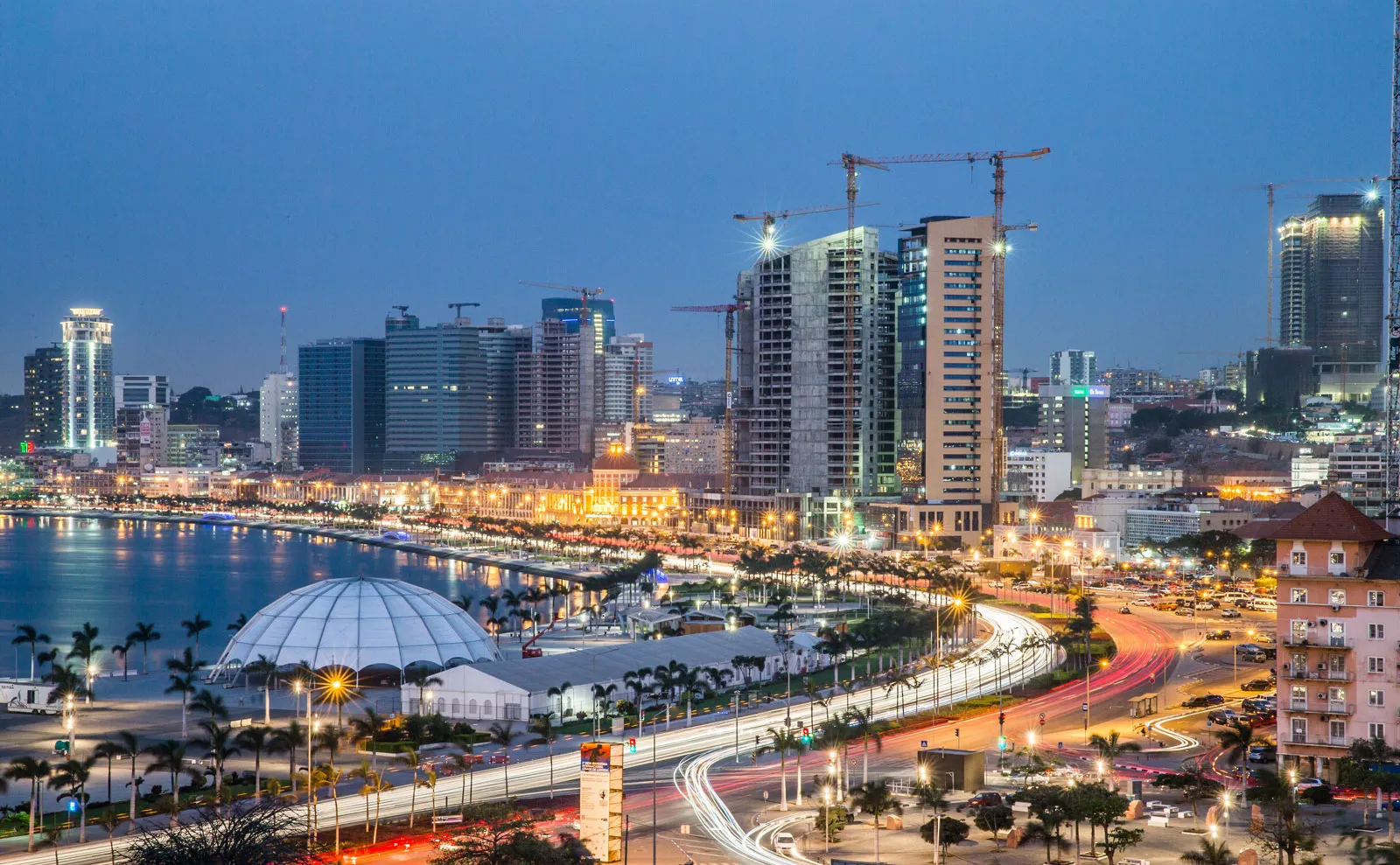
By 2035, Africa will become the fastest-urbanizing region globally. Six cities on the continent will have populations exceeding 10 million, driven by the continent’s rapidly growing young population, according to a report by The Economist Intelligence Unit.
Per the report, Angola’s capital, Luanda, and Tanzania’s commercial hub, Dar es Salaam, will join the ranks of Cairo, Kinshasa, Lagos, and Greater Johannesburg as megacities with over 10 million residents.
By that time, Africa will also have 17 urban areas with over 5 million people and around 100 cities with more than 1 million residents.
Among these, Addis Ababa is projected to grow the fastest, at an average annual rate of 10.6%, with Kampala, Dar es Salaam, and Abidjan also seeing significant growth rates of around 9% or more.
The continent’s urban population is expected to hit nearly 1 billion by 2035, a huge leap from about 650 million last year. East Africa is set to lead in urban growth, followed by Central and West Africa.
The rapid urbanization—projected to see over half of Africans living in cities by 2035—is set to spark wealth, energy, and new business opportunities, according to the report.
However, the report adds that “Overcrowding, informal settlements, high unemployment, poor public services, stretched utility services and exposure to climate change are just some of the major challenges that city planners will have to grapple with.”
The EIU said “megalopolises in the making” include a 370-mile (600km) stretch of west Africa’s coast from Abidjan, in Ivory Coast, east through Ghana, Togo and Benin to Lagos, in Nigeria, which “could become one of the world’s largest urban corridors by 2035”, with more than 50 million people.
Other potential megalopolises it identified centre on Cairo and Alexandria, in Egypt; Johannesburg and Pretoria, in South Africa; a “Great Lakes city hub” encompassing Nairobi, in Kenya, and Kampala, in Uganda; and clusters in Morocco and Algeria.










